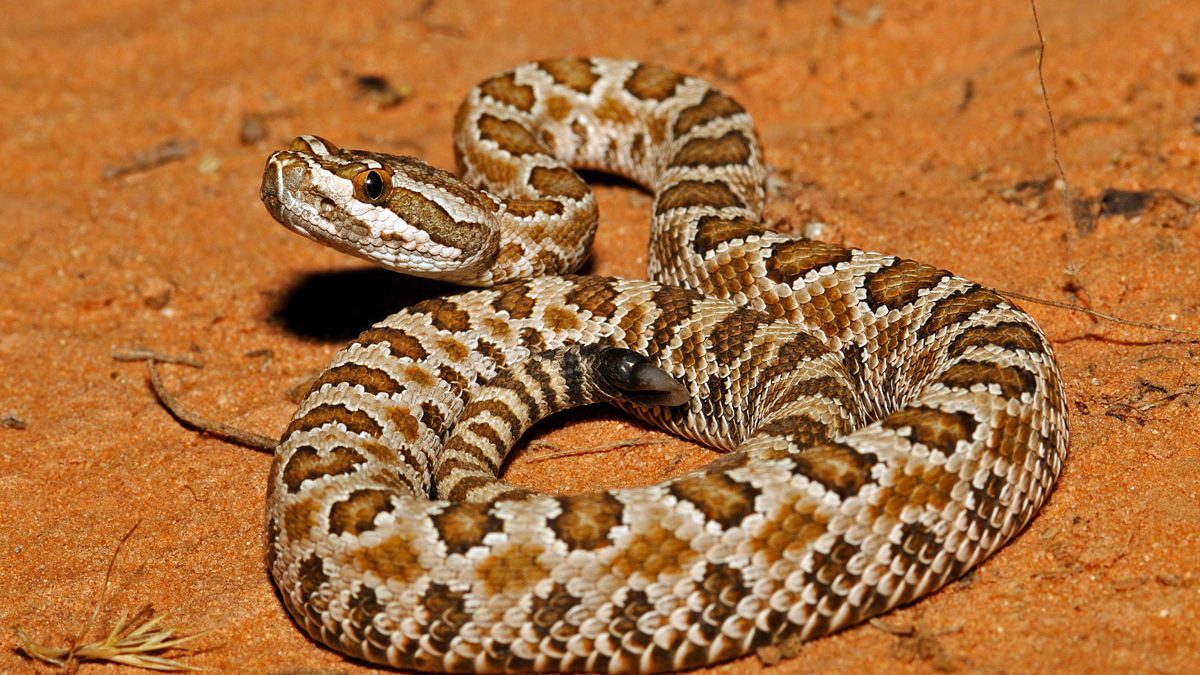Wildlife
Sssspringtime in Utah: Rattlesnakes on the rise

The Utah Division of Wildlife Resources has provided some information and tips on how to properly deal with these reptiles. Photo: DWR.
UTAH — As the warmer months approach, the Utah Division of Wildlife Resources (DWR) is urging the public to exercise caution and awareness to safely coexist with rattlesnakes. These creatures play a crucial role in Utah’s ecosystem, notably in controlling rodent populations and thus reducing disease spread.
Utah is home to five rattlesnake species, with the Great Basin rattlesnake being the most prevalent. These snakes have a significant “home range,” moving across large areas, though they typically don’t linger long in one location.
“An important action you can take is becoming more knowledgeable about the rattlesnakes that you may encounter around your residence or during outdoor recreational activities,” said Alyssa Hoekstra, Native Herpetology Coordinator for the Utah Division of Wildlife Resources. “Being aware of species you may encounter is a great way to be proactive to avoid unwanted interactions with rattlesnakes and prepares you to respond in a safe manner.”
Rattlesnake Safety Tips
Since rattlesnakes are most active in the late spring and early summer, the likelihood of encountering one during outdoor activities such as hiking, rock climbing, or biking is higher. Despite their active hours peaking at dawn and dusk, these reptiles can be encountered anytime.
Utah law protects rattlesnakes. Harassing or attempting to kill them is illegal and increases the risk of a snake bite, as rattlesnakes typically only bite defensively when threatened.
“Like most wild animals, rattlesnakes fear humans and will do anything they can to avoid us,” Hoekstra explained. “If a snake is feeling threatened, it may act in defense. The best course of action is to maintain a safe distance.”
Preventing Rattlesnake Encounters with Dogs
DWR recommends keeping dogs on a leash to minimize the risk of rattlesnake encounters, especially during the snake’s most active months. Rattlesnake aversion training for dogs is also suggested, along with ensuring that your local emergency veterinary hospital stocks antivenom.
What to Do in Case of a Bite
Rattlesnake bites are rare but require immediate medical attention. DWR advises against attempting to suck out the venom or applying a tourniquet, as these actions can exacerbate the injury.
For those venturing into areas with limited cell service, carrying a satellite phone is recommended for emergencies.
Residents are encouraged to take preventative measures to keep rattlesnakes out of their yards by eliminating potential shelters and food sources for rodents, which may attract snakes.


















